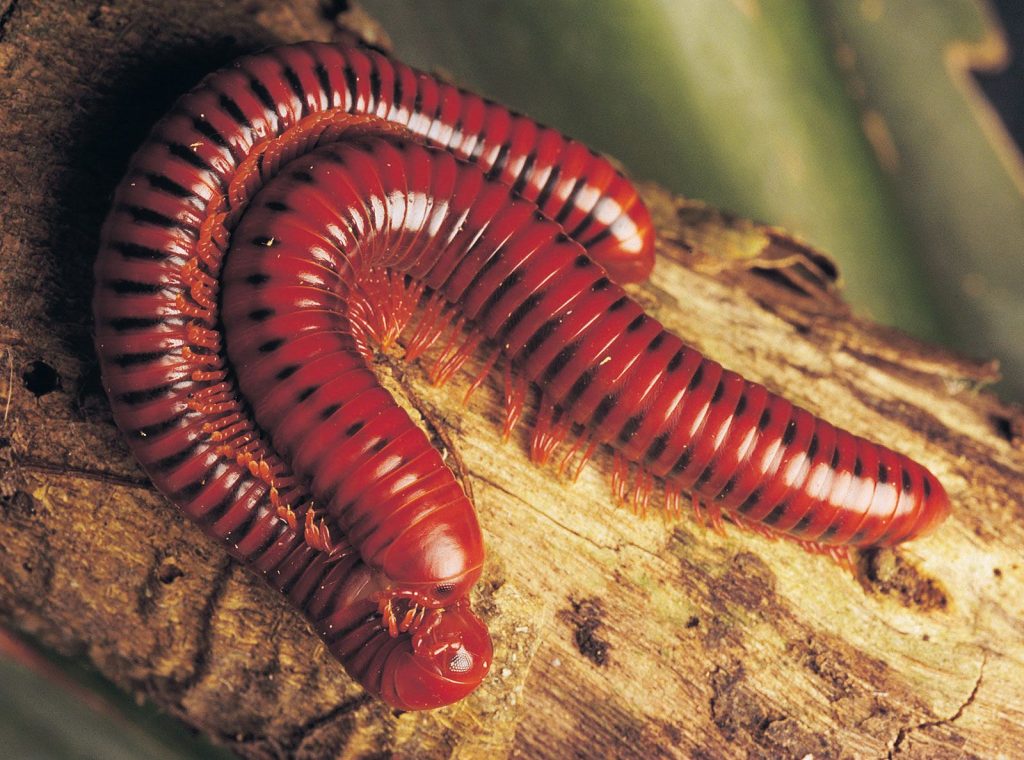February 4, 2024
Unveiling the Enigmatic World of Millipedes: A Discovery in African Jungles
Introduction:
• In a recent exploration of remote African jungles, researchers have uncovered a new genus and five novel species of millipedes. These fascinating creatures belong to the arthropod class Diplopoda, showcasing distinctive features that set them apart from other members of the animal kingdom.
Overview of Millipedes:
• Millipedes, characterized by their cylindrical or slightly flattened bodies, are intriguing invertebrates within the arthropod classification. Contrary to their name, which translates to “a thousand feet,” these creatures do not possess a thousand feet, although they do have numerous legs. Notably, millipedes share a closer evolutionary relationship with lobsters, crayfish, and shrimp than with insects. With approximately 12,000 species worldwide, these creatures exhibit diverse characteristics and behaviors.
Habitat and Distribution:
• Millipedes thrive in environments with high moisture and decaying vegetation, often found beneath trash or in piles of grass and leaves. Their global distribution spans various ecosystems, reflecting their adaptability to different habitats.
Distinctive Features:
• Typically blackish or brownish, millipedes may also display vibrant colors such as red or orange, adorned with mottled patterns. Their bodies consist of segmented sections, each equipped with two sets of legs attached to the underside, excluding the head segment, which is legless. Additionally, internal organs, including ganglia and heart arteries, are present in each segment. Millipedes vary in size, ranging from 2 to 280 mm (0.08 to 11 inches).
Behavior and Diet:
• While not poisonous, many millipedes possess glands capable of producing irritating fluids, potentially causing allergic reactions in certain individuals. Primarily nocturnal, these creatures act as scavengers, feeding on decaying plants and occasionally preying on dead insects. Some species, however, pose a threat to the roots of living plants.
Millipedes vs Centipedes:
• Distinguishing between millipedes and centipedes is crucial. Millipedes exhibit two sets of legs per segment, positioned directly under their bodies, while centipedes have one set per segment on the sides of their bodies. Behaviorally, millipedes respond to threats by coiling up and emitting a pungent secretion, whereas centipedes, equipped with venom, typically bite and swiftly retreat.
Conclusion:
• The recent discovery of a new genus and five species of millipedes in African jungles sheds light on the richness of Earth’s biodiversity. Understanding these creatures’ distinctive features, habitats, and behaviors enhances our appreciation for the intricate web of life in the natural world.
January 30, 2025
January 20, 2025
January 14, 2025

